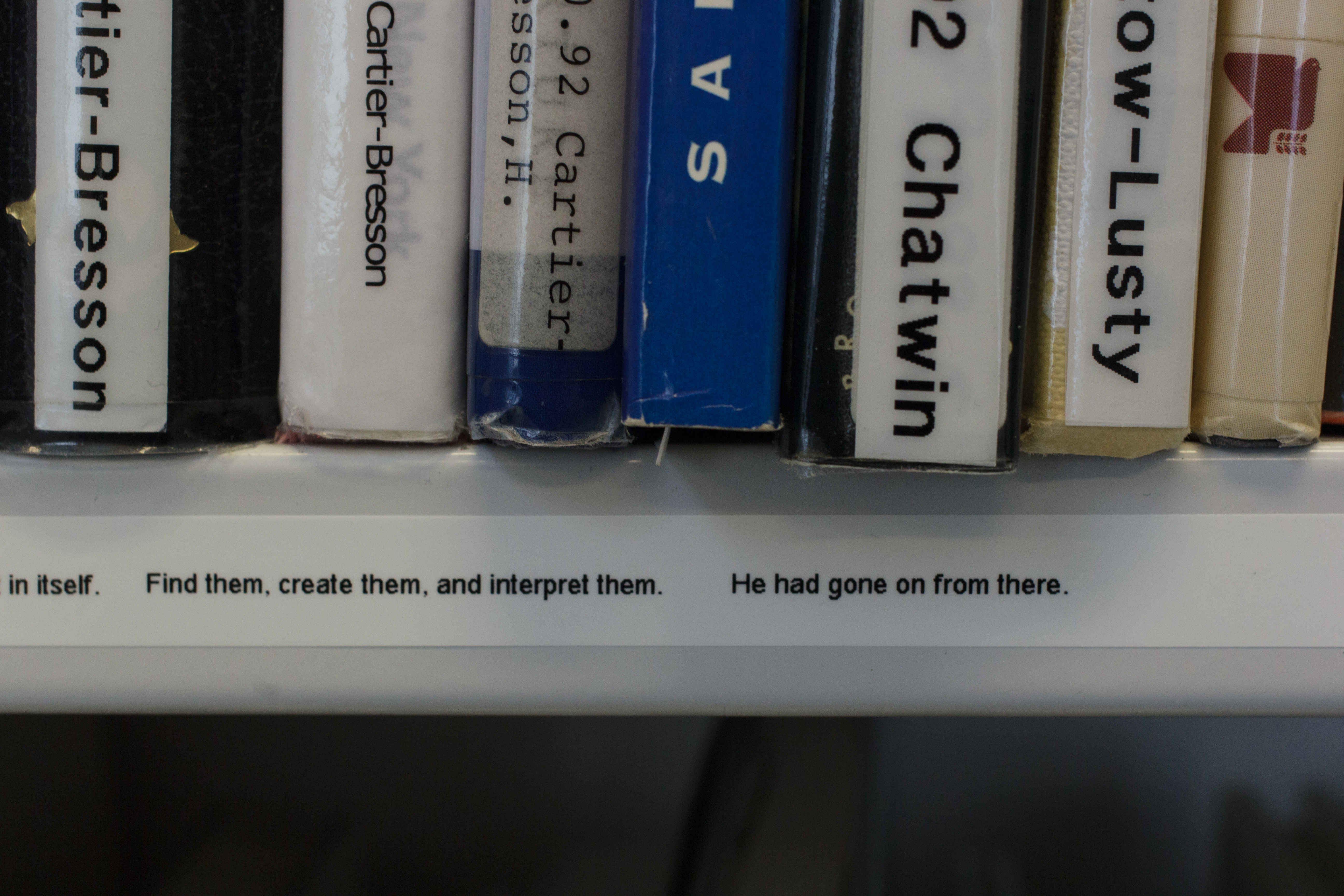
Bibliomancy Oracle
Website
WAAW Gallery, online, 2020
https://waawgallery.com/oracle/
Algorithm and engine: Sindre Sørensen
Web implementation: Floriane Grosset
-
"This is bibliomancy: a form of divination that happens in a library space. I made an appendix, opening the notebooks at random and setting my fingertip down. My fingertip was like an “extended periphery” Cha. My fingertip was like an animal, seeing with its delicate, representative snout. This was bibliomancy. A way to make visible something that was “no longer possible to say” - Bhanu Kapil - Ban en banlieue
The Oracle expands the practice of Bibliomancy to a wider online public, like the oracles in antiquity.
The user will type a question in the text field, and the website will display an answer taken at random from a book, which is also taken at random from Project Gutenberg's Library.
In the background, runs a custom made algorithm that picks random sentences from digitized books, based on certain rules, like no Surnames, no numbers, or years in a way that the sentences have no references to context but rather a strange and ambiguous match between the question and the answer.
Bibliomancy Oracle
Página web
WAAW Gallery, online, 2020
https://waawgallery.com/oracle/
Motor y algoritmo: Sindre Sørensen
Implementación web: Floriane Grosset
-
El Oráculo de Bibliomancia expande la práctica analógica a un medio digital, para un público online.
Se escribe una pregunta en el cuadro de texto, y el algoritmo especialmente diseñado devuelve una respuesta aleatoria de un libro aleatorio de la Biblioteca de Proyecto Gutenberg.
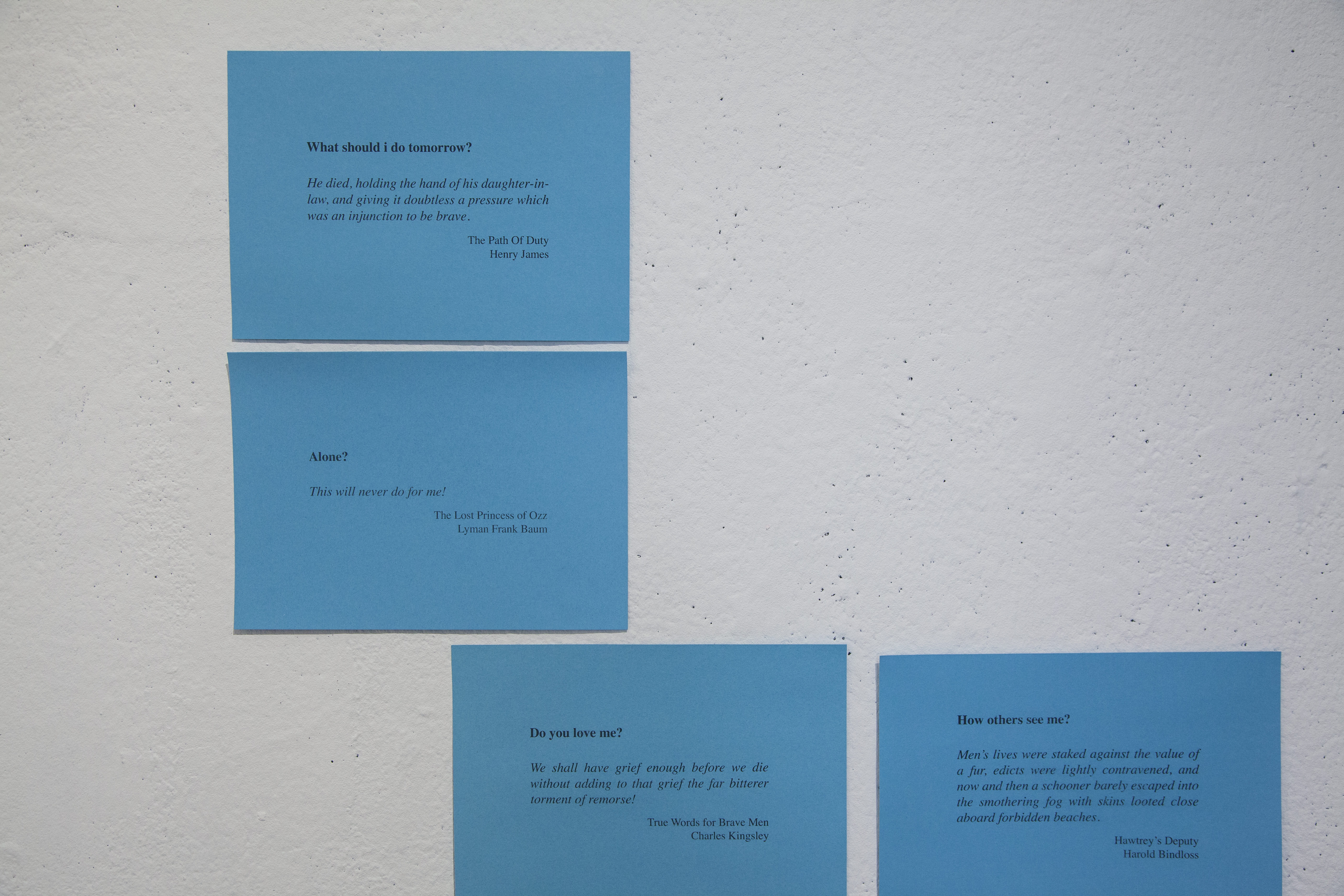
The Oracle Has Spoken
InterventionWAAW Offline, Gallerie 21, Hamburg, DE, 2021
-
The anonymously collected readings from the online Oracle are expanded into the gallery walls using a combination of rules and randomiser tools.
The Oracle Has Spoken
Intervención
WAAW Offline, Gallerie 21, Hamburgo, DE, 2021
-
Las lecturas del Oráculo recopiladas anónimamente fueron expandidas en las paredes de la galería. Se utilizó una combinación de reglas y herramientas de aleatoriedad.
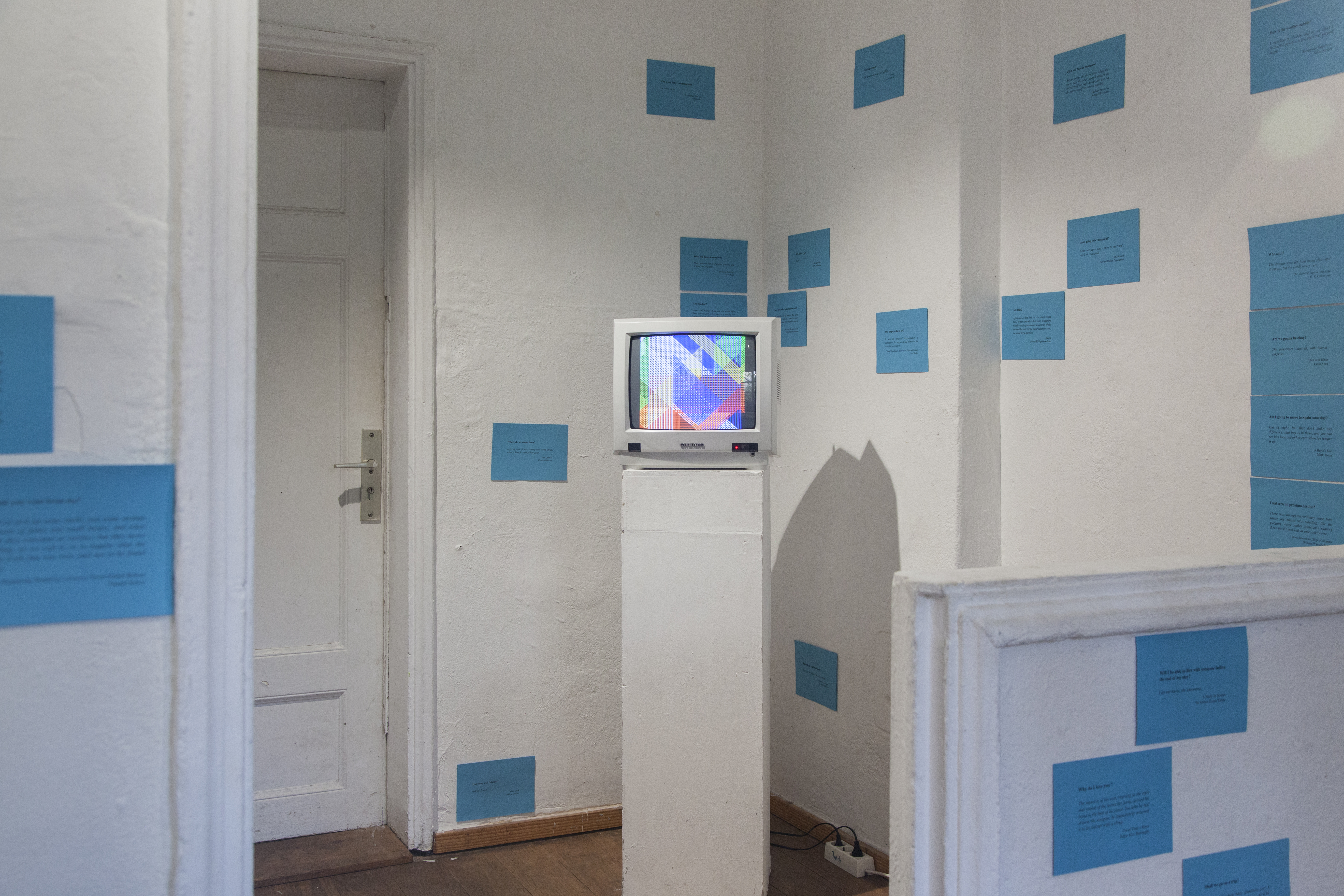
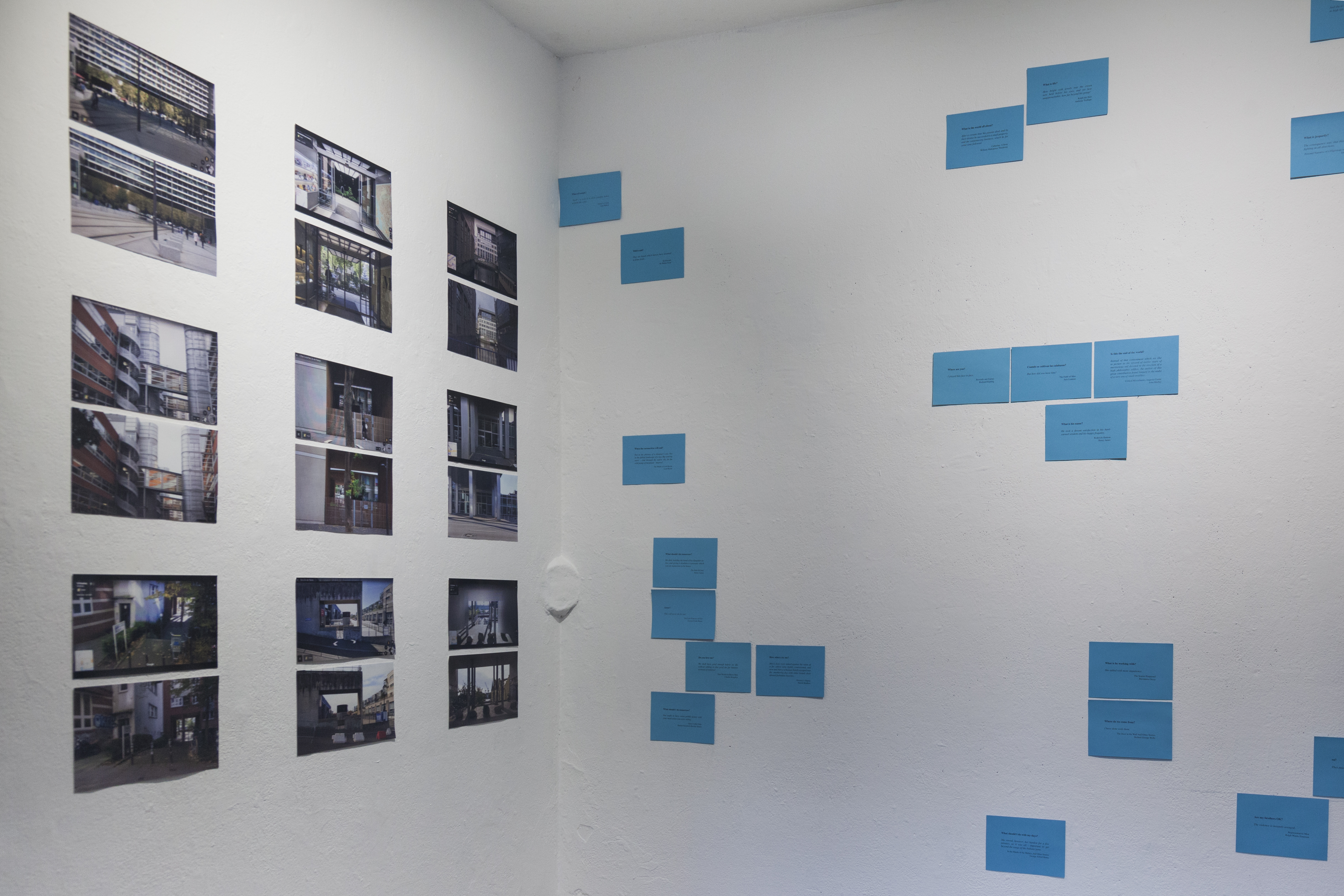
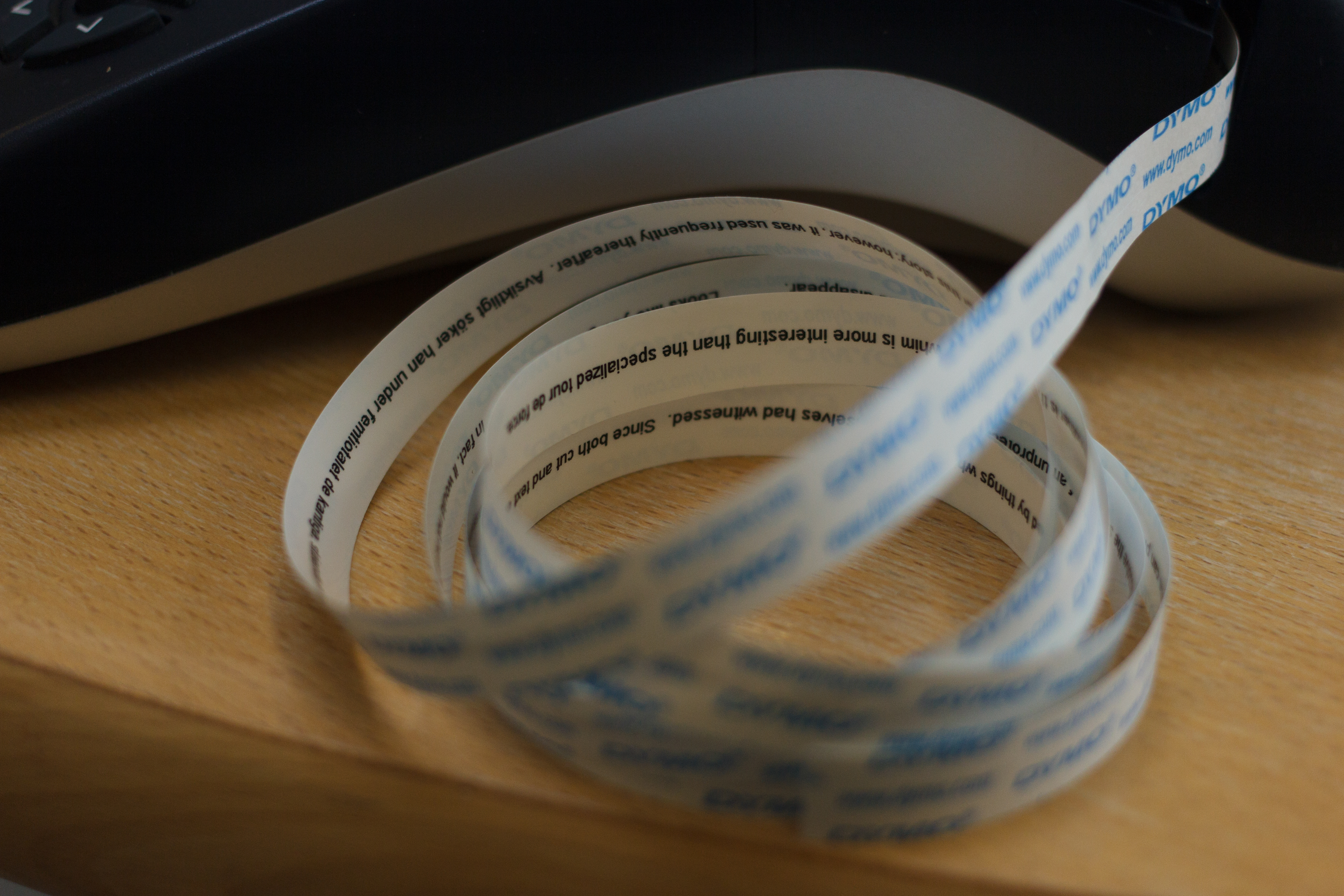
How to Write What is Already Written?
Intervention
Zine#2 launch, KMD Library, Bergen, NO, 2019
-
Bibliomancy is a divination technique where a question is asked to a closed book, then the book is opened at a random page with the eyes closed, and the finger travels through the page to point out a sentence, whose outcome is the answer of the question.
The full length of a shelf –covering Printmaking, Literature and Photography sections– was intervened with a 7 meters long label printed using a labeler machine. The label contained a sentence extracted from the books of the shelf using the Bibliomancy procedure.
The question asked to the books became the name of the piece How to Write What is Already Written, and the answers became the label attached to the shelf.
The process follows a strict system of rules that determines the aleatory aspects of the text, which ends up building a narrative. One of the rules dictates that the length of a quote in the printed label indicates the next book in the shelf that must be used to answer the question.
How to Write What is Already Written?
Intervención
Zine#2 launch, KMD Library, Bergen, NO, 2019
-
La Bibliomancia es una técnica adivinatoria donde se le hace una pregunta a un libro cerrado, luego éste se abre en una página elegida al azar con los ojos cerrados, y un dedo que recorre la página hasta encontrar el punto en el que se abren los ojos y se lee la respuesta obtenida.
El largo total de un estante de la biblioteca de la Facultad de Arte –abarcando las secciones de grabado, literatura y fotografía– fue intervenido con una etiqueta de siete metros de largo impresa con una etiquetadora. La etiqueta fue escrita extrayendo oraciones de algunos libros del estante, utilizando la técnica de la Bibliomancia.
La pregunta realizada a estos libros se convirtió en el título de la pieza ‘¿Cómo escribir lo que ya fue escrito?’, y las respuestas a su vez se convirtieron en la etiqueta pegada al estante.
El proceso sigue un sistema de reglas estrictas que determina la aleatoriedad de los textos, que inevitablemente acaban construyendo una narración. Una de las rulas dictaba que la longitud de la cita impresa en la etiqueta indicaría cuál sería el próximo libro en responder la pregunta.

